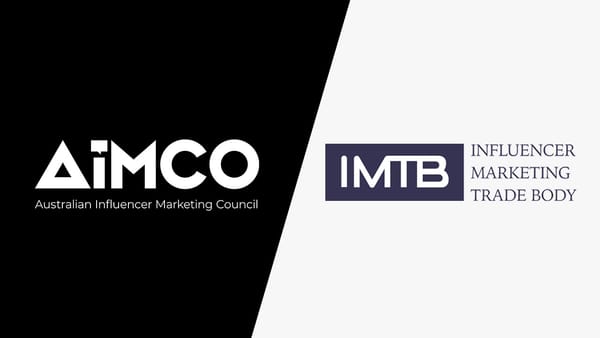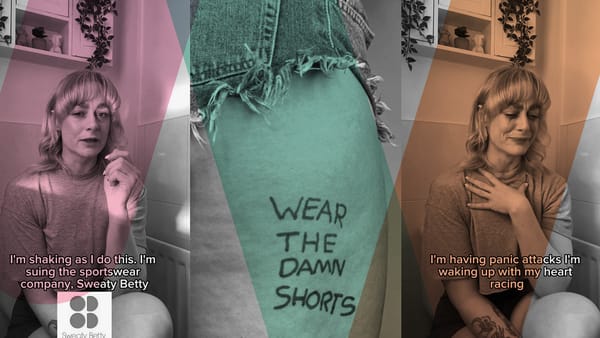Over the past five years, the global influencer marketing market size has grown from roughly $1.7 billion to nearly $14 billion. Combine this with the fact that social media is still in its infancy, and there’s reason to believe that the next five year’s growth will be just as robust.
With 2021 in the past, it’s time to turn your attention to the 12 months to come. And for the sake of this article, we’re going to dig into micro-influencer trends that will play a larger role in the social media world in 2022 and beyond.
More micro-influencers in more verticals
This trend is two-fold:
- There are more micro-influencers today than ever before, with this number expected to continue its rise.
- Micro-influencers are moving beyond “traditional” verticals and into emerging industries.
The growth of the overall number of micro-influencers is powered largely by the ability for them to make money without much effort, all while doing something they enjoy. According to Influencer Marketing Hub, micro-influencers with 1,000 to 10,000 followers earn on average $1,420 per month.
Secondly, micro-influencers are moving beyond traditional verticals — such as fashion and beauty, health, fitness, and travel — to become more involved across the board. For example, you don’t have to look far to find influencers in verticals such as blockchain and sports betting. Go back in time just one year and the number of influencers in these verticals is nothing close to what you see today.
Many brands that didn’t previously have access to a large selection of micro-influencers have suddenly found that this is a viable way to reach their audience.
From online to offline
The last few years have seen influencers migrate heavily from Twitter to Instagram. While these two social media platforms remain popular among brands and influencers alike, others — such as TikTok — are quickly gaining ground.
In 2022, expect to see another shift with a growing number of brands taking advantage of both online and offline influencer marketing campaigns. Traditional social media campaigns — such as giveaways and reviews will remain popular — but many brands will look to move things to the next level through in-person collaboration.
For example, a fashion and beauty brand could hire micro-influencers to visit their local brick-and-mortar store to engage visitors and share information on the company’s products. Micro-influencers with a dedicated following can bring attention to the brand online, along with foot traffic to their local store.
There’s no denying the fact that more people than ever are engaging on social media and shopping online. However, there will always be a place for physical interaction, and that’s a micro-influencer trend to watch in 2022.
Note: The Covid-19 pandemic could (and probably will) impact when and how brands roll out offline micro-influencer marketing campaigns.
The growth of brand ambassador programmes
Brand ambassador programmes connect brands with influencers who serve as advocates to help drive recognition, sales, and engagement.
There’s no shortage of macro (100K – 1M followers) and mega (1M+ followers) influencers who are part of brand ambassador programs, but that doesn’t mean micro-influencers have no place. In fact, many brands prefer micro-influencers for these reasons:
- More affordable.
- Highly engaged audience.
- Ability to spread their budget around to several influencers, not just one or two macro or mega-influencers.
The growth of brand ambassador programmes is partly due to influencer marketing spilling over into new verticals. Ty Smith, founder of Coinbound, a leading cryptocurrency marketing agency, is experiencing this firsthand.
“Brand ambassadors are becoming increasingly prevalent in the blockchain space. Now, crypto, as an industry is more widely accepted by the public, and ambassadors from both inside and outside the industry, are finding work promoting blockchain-focused companies. Our agency has seen tremendous results from long-term influencer relationships with brands.”
Blockchain and cryptocurrency companies — just the same as those in other verticals — face stiff competition, while also having to overcome skeptical buyers. By hiring well-connected, reputable, and respected micro-influencers, they’re able to build a more solid relationship with their audience.
These are just a few of the micro-influencer trends that will move to the forefront in 2022 and likely stay there for years to follow. With this information, you’re in a unique position to take advantage of micro-influencers to engage your target audience, grow your brand, and hopefully boost your revenue.
The recently released Later x Fohr Influencer Marketing Report notes that the fewer followers an influencer has on Instagram, the more engagement their posts receive. And brands aren’t lost on that fact. They know that these influencers have a dedicated, engaged audience that trusts what they say, so an alliance is a natural fit.
Now that you’re up to speed with these micro-influencer trends, check out this article that details 10 overarching influencer marketing trends for the year to come.








